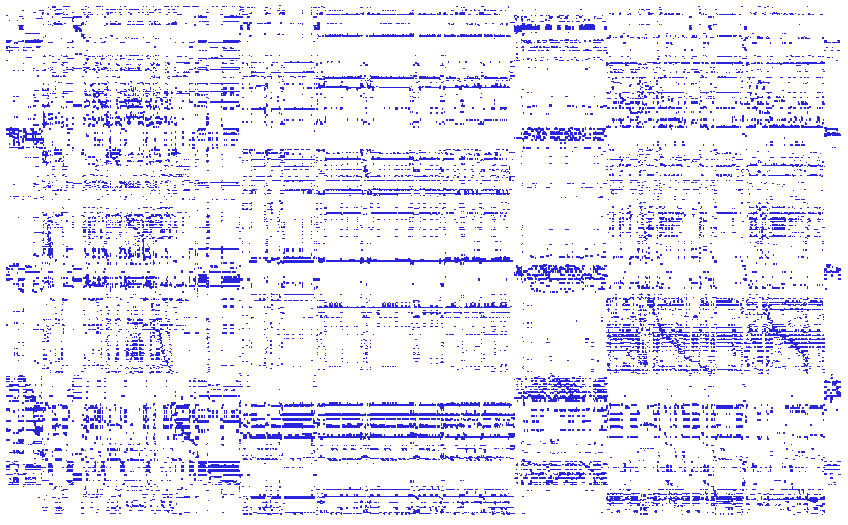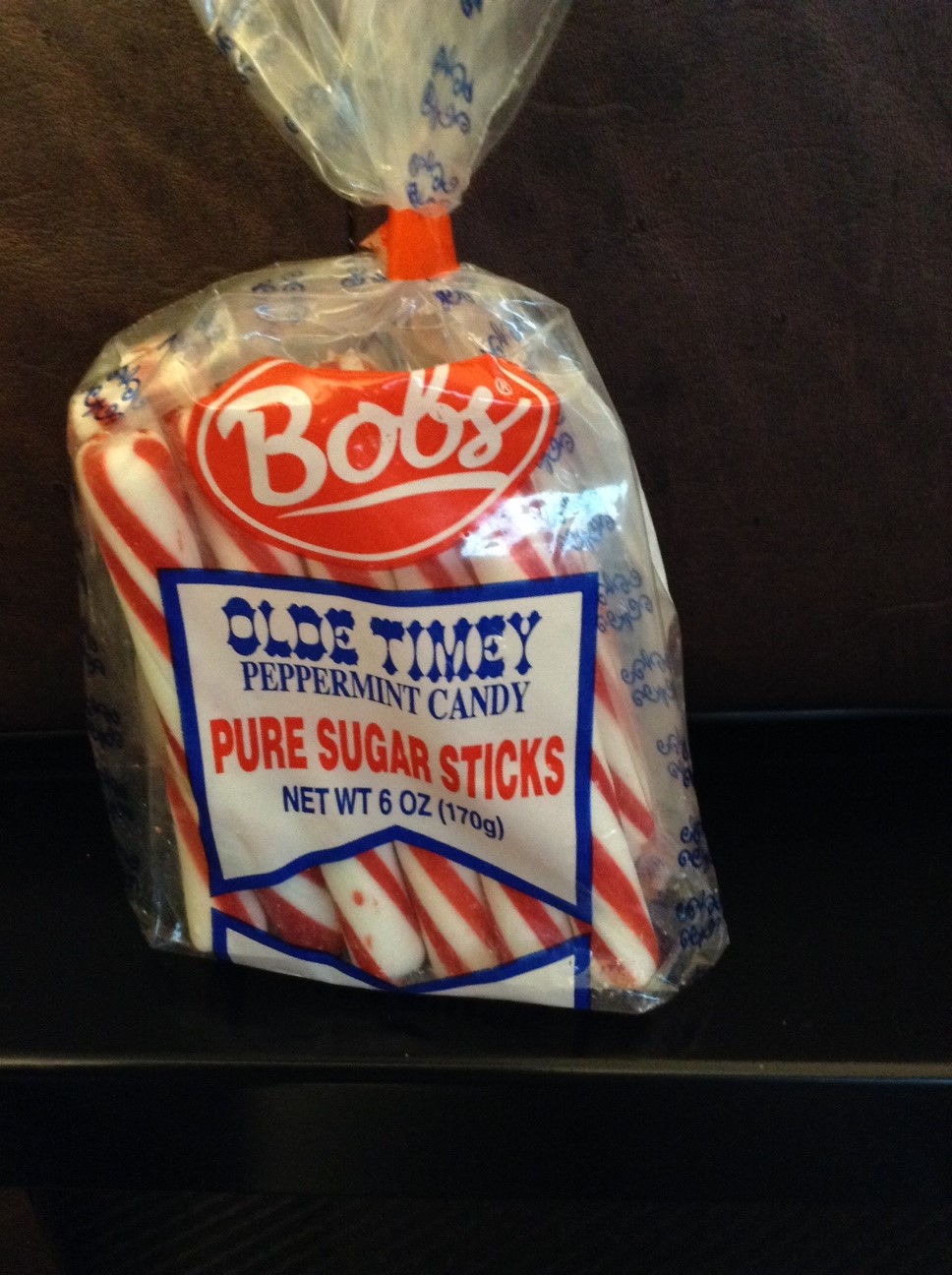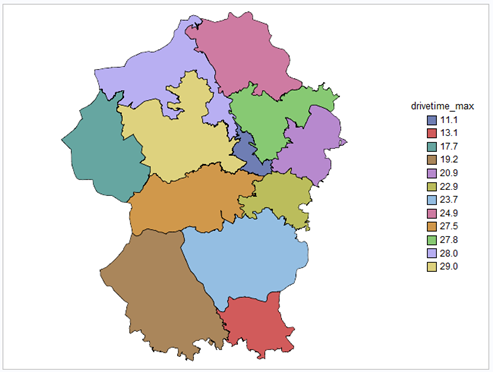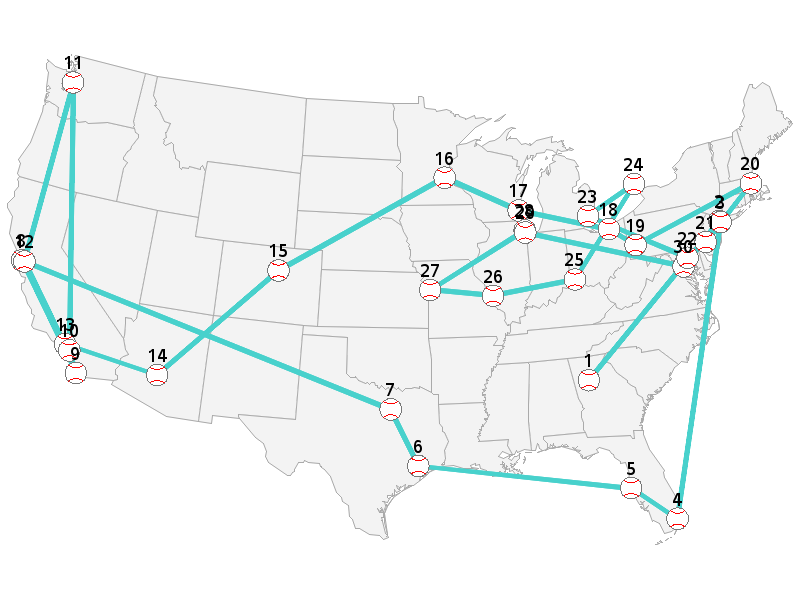Operations Research
Optimize, Simulate, Understand
SAS/OR 14.1, which became available on July 14, delivers a number of new and enhanced features in optimization and simulation. These changes are designed to make SAS/OR even easier to use and to enable you to model and solve larger, more complex problems more efficiently. If you're using SAS/OR now,

During the week of July 13-17, 2015 most optimization experts will attend the 22nd International Symposium on Mathematical Programming (ISMP2015), which is this year's most important optimization conference. Several members of the SAS/OR team will attend. We will give various talks during the week, here is our schedule.

In 2013, Rick Wicklin blogged about visualizing matrices as heat maps using SAS/IML. That post reminded me that we had done a similar thing for the coefficient matrices in our optimization problems. In particular, we have developed some SAS macros to visualize the input data sets for the OPTLP (linear

Good Old Country-Style Optimization In an odd way, Imre Polik's recent post, How to solve puzzles? Peg solitaire with optimization, reminded me of one more reason why I like to eat at Cracker Barrel, an American chain of country-style restaurants.

The primary objective of many discrete-event simulation projects is system investigation. Output data from the simulation model are used to better understand the operation of the system (whether that system is real or theoretical), as well as to conduct various "what-if"-type analyses. However, I recently worked on another model

In the traveling salesman problem (TSP), a salesman must minimize travel distance while visiting each of a given set of cities exactly once. Recently, the TSP has generated some buzz in the popular media, after a blog post by Randy Olson. The tour shown was not quite optimal, and Bill


